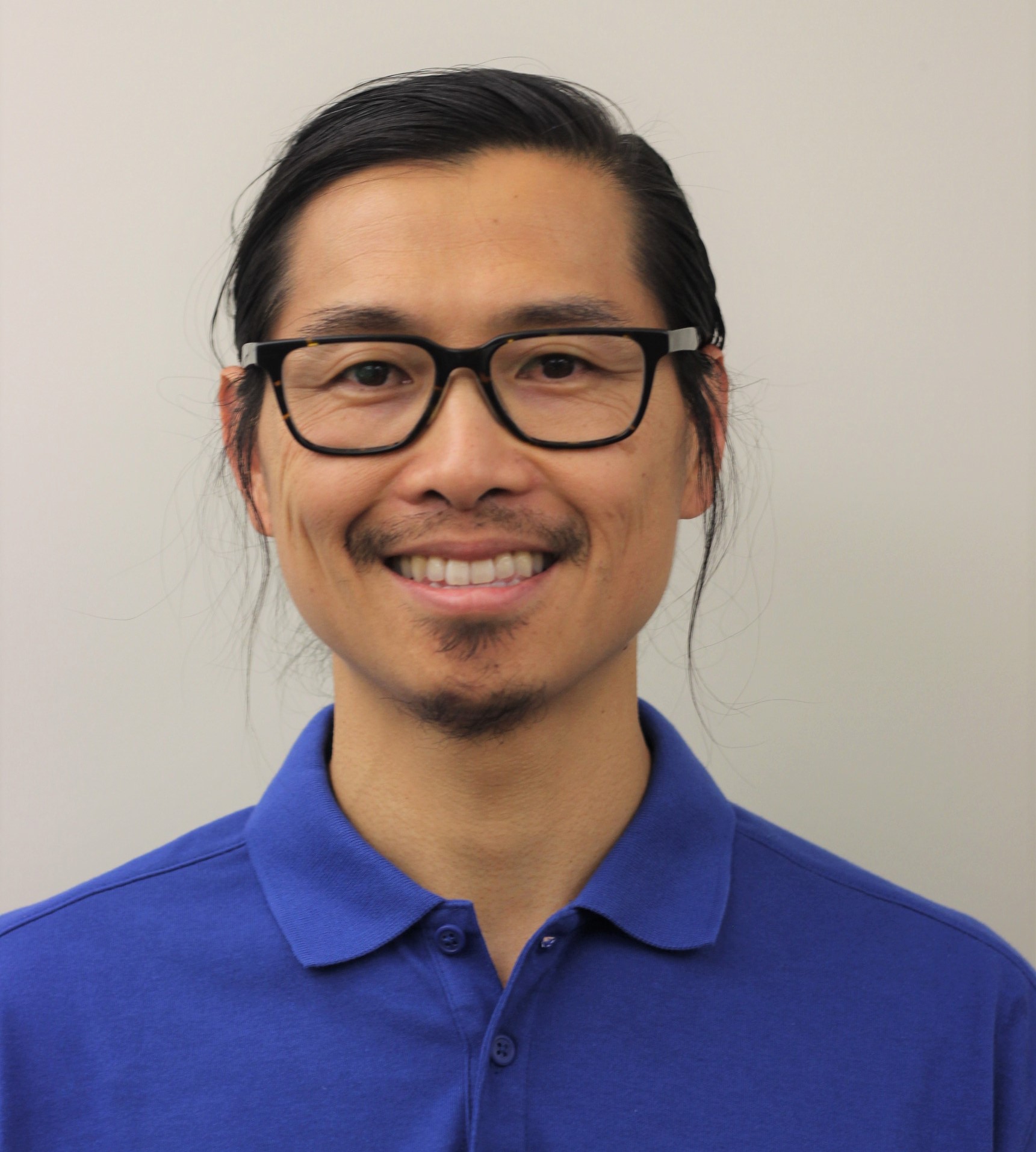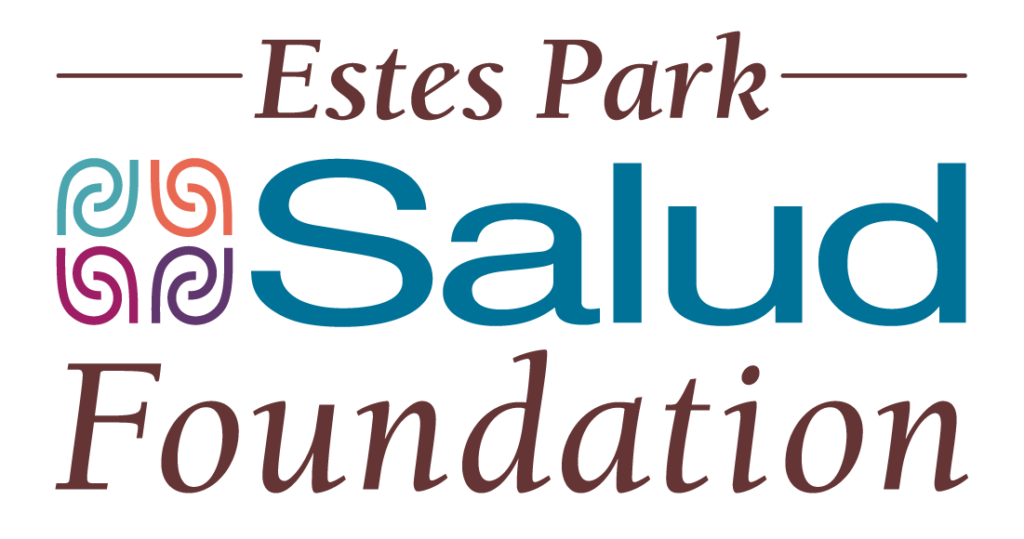
Below is an interview with our dentist, Dr. Hong, by Linda Wagner, an Estes Park Salud Foundation board member.
Where did you grow up? Siblings?
I grew up in Tempe, AZ. Born and raised. I have one older sister; she’s a physician in North Carolina.
Where do you live now?
I live in Longmont. Currently commuting.
I know you are bi-lingual and proficient in Spanish and English. Did you study Spanish? Where did you learn?
I grew up in AZ, a state that borders Mexico. Tempe has a large community of Hispanics. One of my best friends when I was a kid was from Mexico and I hung out at his house every single day. I heard the language daily.
I started learning Spanish in middle school. In school, you had to pick a language, and clearly Spanish is going to be the most practical so I picked it in high school and minored in it in college.
After going to college, I took a break. I was interested in going into grad school for chemistry or med school. Dentistry wasn’t even on my radar. I was on the pre-med track. That “break” turned into 5 years.
I wanted to join the work force for a bit so I moved to San Diego and worked in Bio-Tech for a few years before deciding to go back to school.
How did you get involved in dentistry then?
I happened onto a club sponsored by the UCSD (University of California in San Diego—part of UC system of universities in CA, like UCLA.) I joined the Pre Dental Society and got exposed to the community health side of medicine. That’s when I got really interested in this. A whole other world that I wasn’t even aware. Hands on and being able to help people.
This society ran several non for profit dental clinics in the San Diego area to address the indigent and homeless populations.
Another thing they offered were these opportunities to go on mission trips.
Did your knowledge of Spanish factor into your volunteer trip to Nicaragua and El Salvador on the Mercy Ship Humanitarian Mission?
Kind of. The mission itself went through Haiti, the Dominican Republican, Nicaragua and El Salvador. I joined them on their journey to Nicaragua. I was there for 3 weeks. We primarily treated patients on the ship. We would also do remote trips and take equipment with us. Take a boat in to land and travel to schools on shore and set up a makeshift clinic.
In that setting, because we’re operating with minimal equipment (because we’re working remotely), what we saw and treated were mostly patients that had infected teeth or cavities that had gotten into the nerves causing severe pain. Saw a lot of acute pain and infection.
You spent two months in Alaska with the Yupik and Chupik populations. Tell me about that. How did you end up there?
Fourth year dental students, in the school I attended, will get sent out to community centers across the US. There were 40 to 50 rotation sites you could apply and choose from. You rank them in order of preference and then you’re given a rotation.
I ended up in Bethel, Alaska—a really small town, pretty isolated. From Anchorage, you can only reach it by plane. (Bethel is an hour or two northwest in the Yukon Delta.)
I spent 5 weeks there towards the end of 2013/beginning of 2014, primarily treating native populations. In Bethel, they have a hospital, of sorts, the Yukon Kuskokwim Health Center, where they provide both medical and some dental. It’s a relatively large clinic—at the time, there were 5 dentists working there full time. I served at the clinic for 5 weeks. Because of the isolation of the area, there is a high need for services.
Bethel, which is a larger hub/village, is surrounded by villages around the area that have no dental or medical clinic. The only two ways for them to reach Bothel are by boat or plane. Mostly, patients would travel by plane.
In winter, some came by snow machine across the frozen ice—locals kind of use the river as a highway.
Where did you go to school for your dentistry degree?
I went to Arizona School of Dentistry and Health which is run by the A.T. Still University system—they are most well known for their medical schools. Their focus is specifically community health which drew me to their school.
You’ve been with the greater Salud organization since 2015. What made you decide to join Salud?
I just passed my 9 year anniversary with Salud. The two main things were location (I really liked CO—only been here once but loved the state) and second, I was looking strictly into the community health center arena. Salud really stood apart with their clinics being super modern, really nice facilities and then the staff, as well. The staff seemed really happy, kind and welcoming. The mission that Salud stands for and continues to pursue was in line with my goals and my vision.
When did you join Estes Park Salud Clinic?
I joined Estes Park’s clinic in April. Prior to that, I was in Longmont’s Salud for about 5 years as the Director.
So, how did you end up in Estes Park?
I was up in Estes, covering the clinic since there was not a dentist at the time. I came up, was able to see how nice the clinic was, obviously how gorgeous Estes Park is, the wildlife, and it just really got me thinking, “Man, this is really nice.”
How many staff currently work for the Salud Dental Clinic? We currently have 5, including myself. We have 2 back office dental assistants, one front desk assistant, and Susan, who is a dental hygienist. We provide a variety of vital services including fillings, extractions, oral surgery, crowns, bridges, partials, full dentures, root canals (if we can save a tooth,) cavities, etc.
We also provide oral pathology to identify if cancer is present; it’s part of the comprehensive screening. Biopsies are done on site.
What do you enjoy the most about working in Estes Park? The outdoors is what drew me to CO in the first place. I love to mountain bike, camp, hike, paddleboard. I would like to find something in Estes Park, a piece of land. I don’t need much by way of a house but would love a plot of land to build on.
What is some of the best advice you would give to parents (and adults) in regards to maintaining a consistent dental routine, including yearly check ups?
I think, you know, a good practice for adults is to come in for an annual checkup. Kids, every six months.
Try to focus on home care—brushing and flossing at home as a part of your daily routine.
Also be aware of what you are putting in your body—it’s not much different than how dietary choices affect your overall health. Highly processed foods, foods high in sugar, those things will lead to more cavities usually. Take a look at some parts of your diets and try to cut back on those things, especially soda. Sweet tea, coffee, things that don’t seem so obvious but we’re adding sugar to, can also be something that adds to your body’s health and what your teeth are exposed to.
What and who do you see the most of in relation to dental issues?
We see everyone. As a community health center and as a safety net to those that are underserved or Medicaid is their provider, we are the only clinic that provides these services.
I read that tooth decay is the most common, unmet health care need in children and untreated, can lead to pain, infection and even result in issues with speaking and learning.
Dental decay is the most prevalent issue impacting children. Tooth pain is going to affect their ability to attend school, leading to absenteeism, self-confidence issues and their self-esteem (missing teeth or decayed teeth).
I know, as a Board member of Salud Foundation, that we are sponsoring a free dental care program, which includes a variety of services, for ages up to 21. What free services are being offered with the dental care program?
The free services program is specifically for children and young adults, up to age 21. That includes any treatment we offer here including initial exam, cleaning, any preventive needs we identify that they have including sealants (the areas where a tiny little crevice or pit isn’t getting a thorough brushing—a bit of food gets left behind and sits there and creates a cavity. In our younger children, we recommend sealants to cover up these little pits to prevent food from getting trapped in there and then you are less likely to develop a cavity in that area.
Back teeth and molars are where we will always recommend sealants—isolate the area, apply sealant—NO pain involved in procedure), fillings, crowns, root canals, extractions, all of those things we can do on site.
Last question: how do you like working in Estes Park?
I’ve only been here a short time so far but I’ve found that everyone I’ve met in Estes has been really kind and welcoming. I’m excited to work in this community. There is a great need I’m excited to be able to fill the gap.
